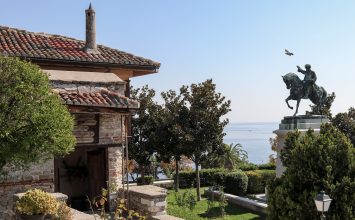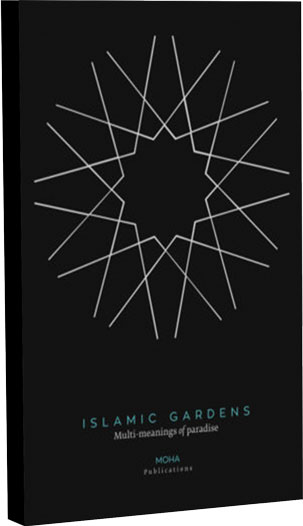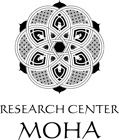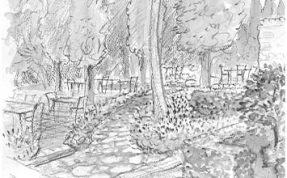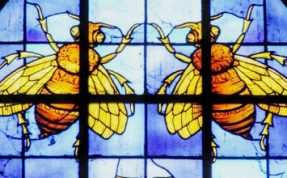BEE - LITTLE CREATURES MATTER
Bees and honey are widely mentionned in the sacred texts of Judaism, Christianity and Islam and have acquired very important religious symbolism.
MOHA, consious of the urgent danger threatening the very survival of bees, has launched the program “City Garden for Bees – Mi.EL” to raise the awareness of city dwellers of all ages.
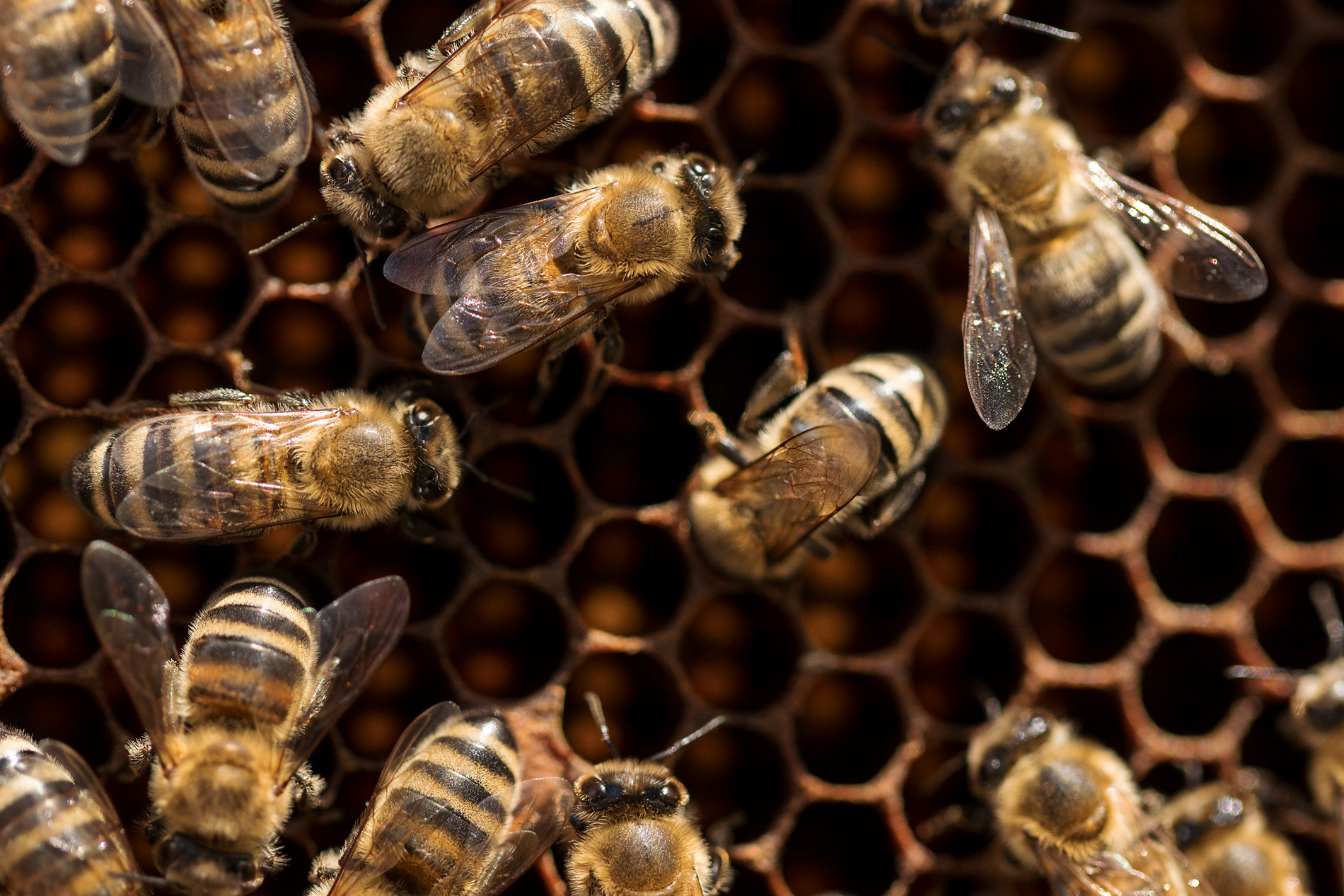
Bee is the only food-producing insect
One of the tiny creatures upon whose shoulders our world is built and preserved. It expresses the hard work, productivity and abundance. It is the symbol of prosperity.
Bees tirelessly serve the planet that shelters us all, ensuring the balance of Nature surrounding us both. They pollinate more than 70% of the cultivations that feed us, producing propolis, wax, royal jelly, and honey. They offer food, fiber, fuel, beauty, and health.
It only needs 33 grams of honey
to circumnavigate the globe
Each up and down is a moment of many km daily flight, to capture the fragrance of flowers, pollinate plants, collect honey and perpetuate her species. For every kilogram of produced honey a bee touches 4 million flowers and must move 150 thousand km, i.e. about 4 times the earth’s circumference. It is an extremely cautious and very self-sufficient being.
Scientific committees, individual researchers, universities, government institutions and environmental organisations are trying to understand how bees live and function, how they pollinate plants and communicate with each other. The close cohesive bonds of the beehive have intrigued sociologists, anthropologists and psychologists. Its hierarchical administrative structure has been studied by political sciences. The sophisticated architectural form of the hive is a mathematical and engineering marvel.
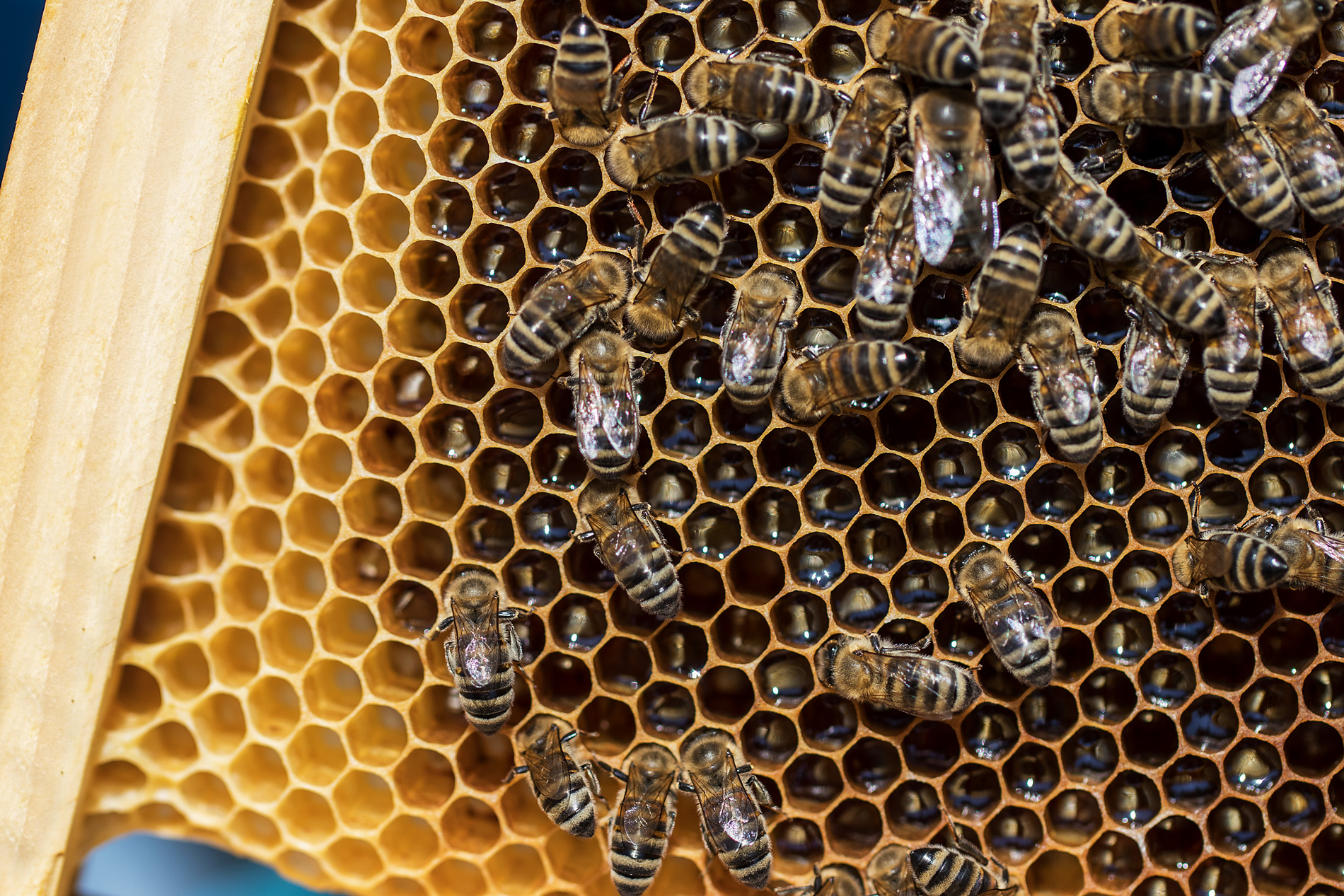
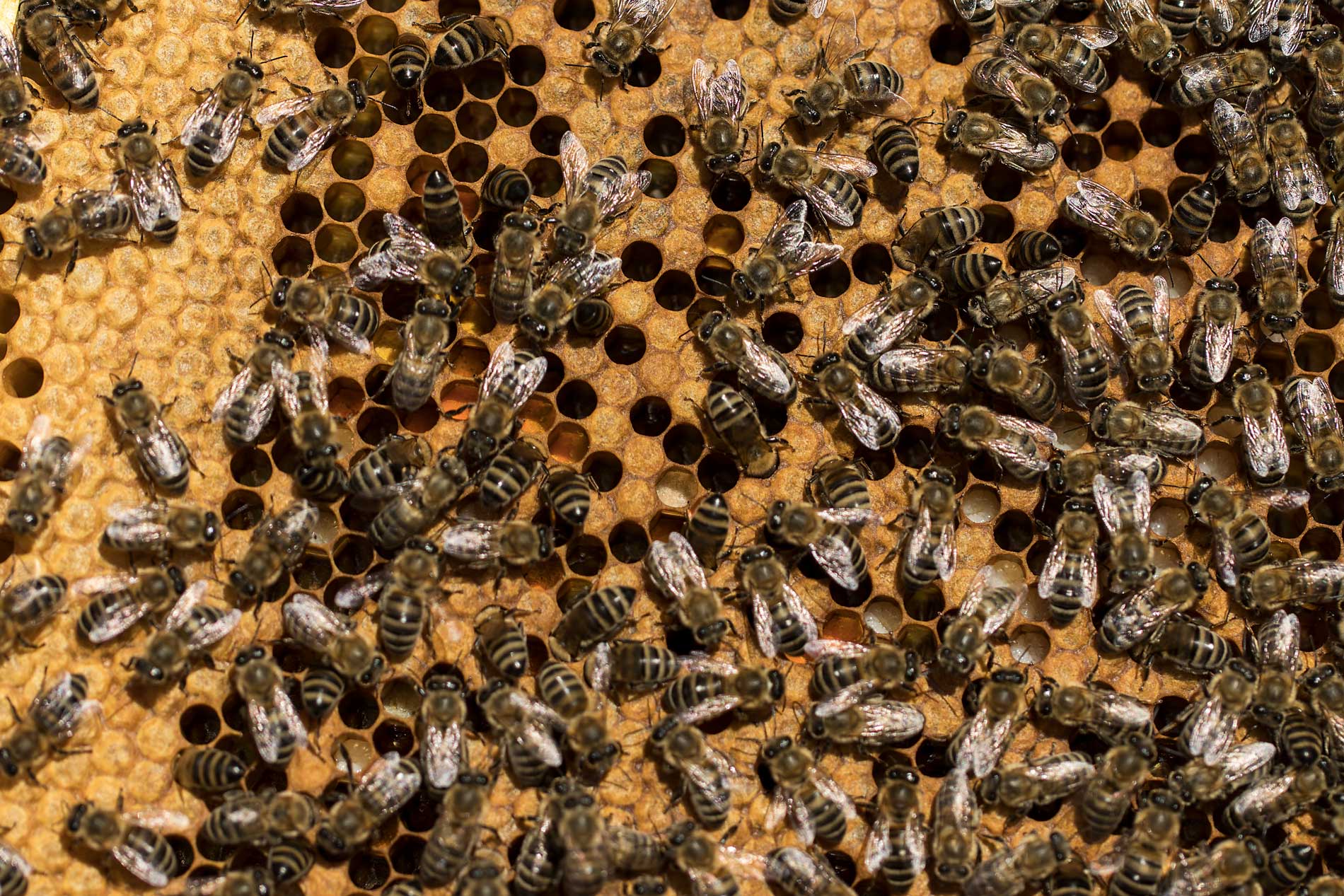
But every day an untold number of solitary bees die
Her unparalleled and self-sacrificing industriousness, inspired all dominant religions, and the ancient myths around her, influenced art. Beekeeping is one of the oldest professions.
Without the bee, nature would not be the same, but neither would we be able to survive under the same conditions, as bees are an essential part of the biodiversity on which we all depend for our survival.
There are thousands of species of bees, with most of them leading a solitary rather than social life. Solitary bees are not simply bees who have left the hive and are now alone. As the name suggests, they live alone, although in truth they often nest close to one another. They do not produce honey, do not have a queen and do not live in hives. As they do not protect honey stocks, they are not aggressive.
The effects of climate change, natural disasters, pollution and loss of habitat are limiting their space in nature and forcing them to approach cities in search of urban shelters.
Extensive habitats with a diversity of wild flora and natural pollinator habitats, have been converted into monocultures producing human food, with significant pesticide use, but little nectar and pollen. Extensive areas of natural landscapes, have been transformed by direct reconstruction into urban zones, without adequate consideration of the pollinator habitat.
Pathogens, parasites, unwise use of chemicals in crops and mass spraying to destroy insects, are just some of the factors responsible for the deaths.
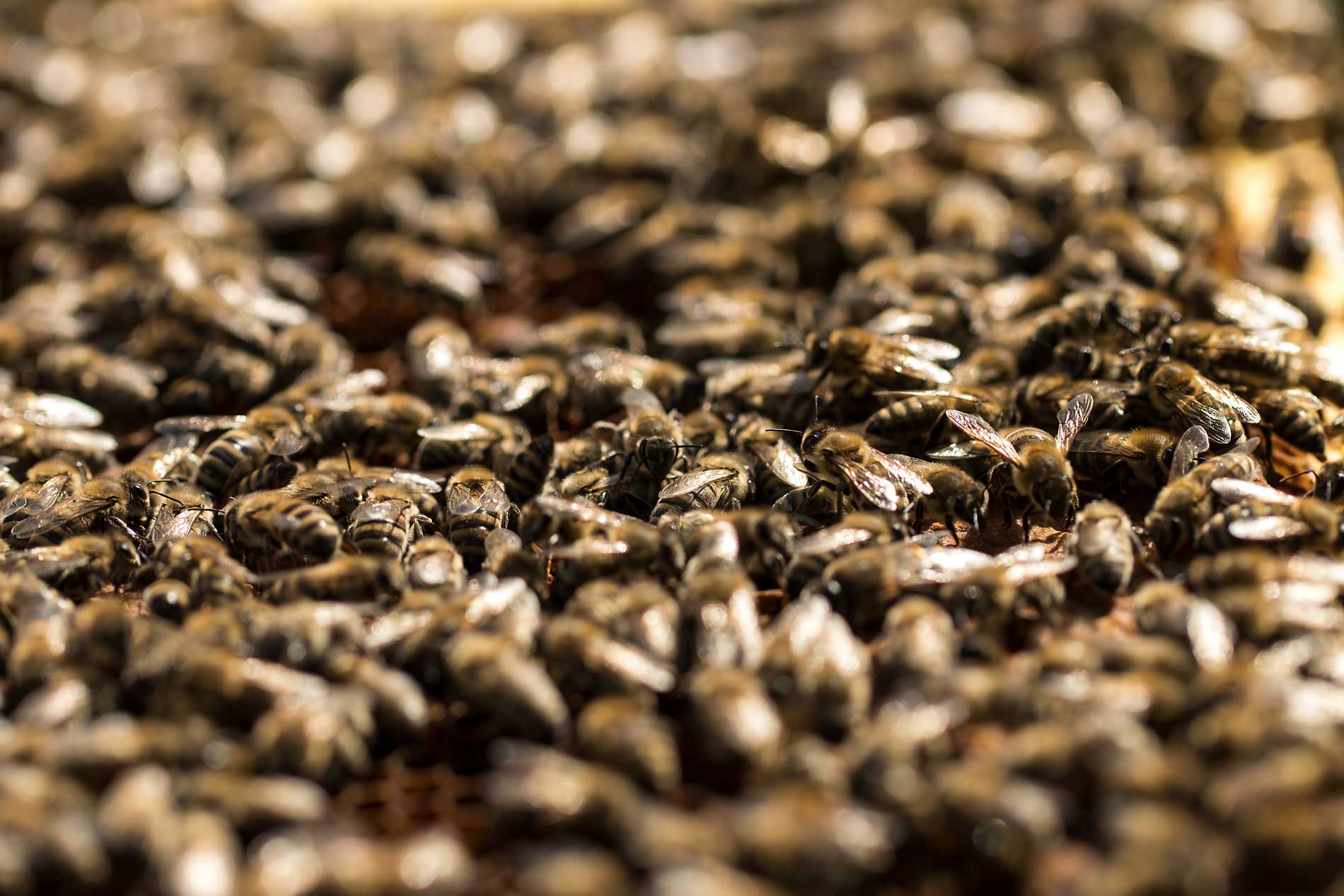
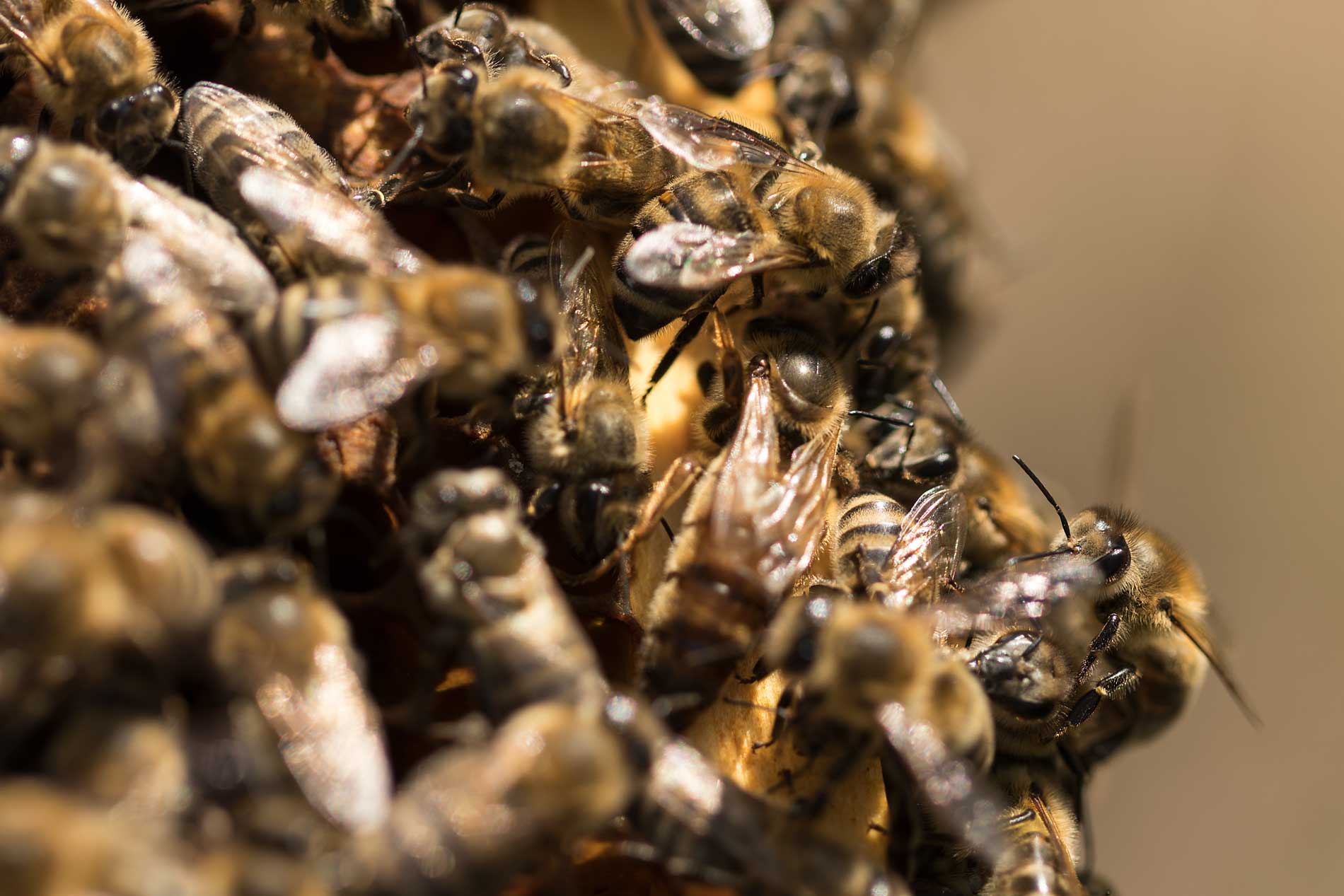
They are sensitive and express emotions
Bees, these small creatures and great ambassadors of Nature, are living beings that breathe, experience fear and pain. They have good and bad days, their strength waxes and wanes. They need water because they are often thirsty and plenty of flowers to gather their group’s food while pollinating the crops which sustain us.
They have a right to pollutant-free air, quiet, peace and respect. Βees do have requirements and rights for survival, and need protection from threats to their existence.
Billions of bees are silently and unjustly dying from banned poisons
One of the major threats to bees is the lack of safe environment for building their homes and foraging for food.
A bee garden in a courtyard, a windowsill or a flower-pot with native flowers, can offer them a safe shelter. When the use of pesticides is imperative, selective organic products should be chosen, which will not be applied when the flowers are in bloom.
Reduced water supplies have a serious impact on bees that need plenty of water. Shelters with clean water and pebbles to prevent them from drowning, are crucial factors for their survival and productivity.
70% of bees overwinter underground to house their young to wait for spring to emerge. An untouched small sunny spot in the garden, can provide a safe haven for thousands of bees.
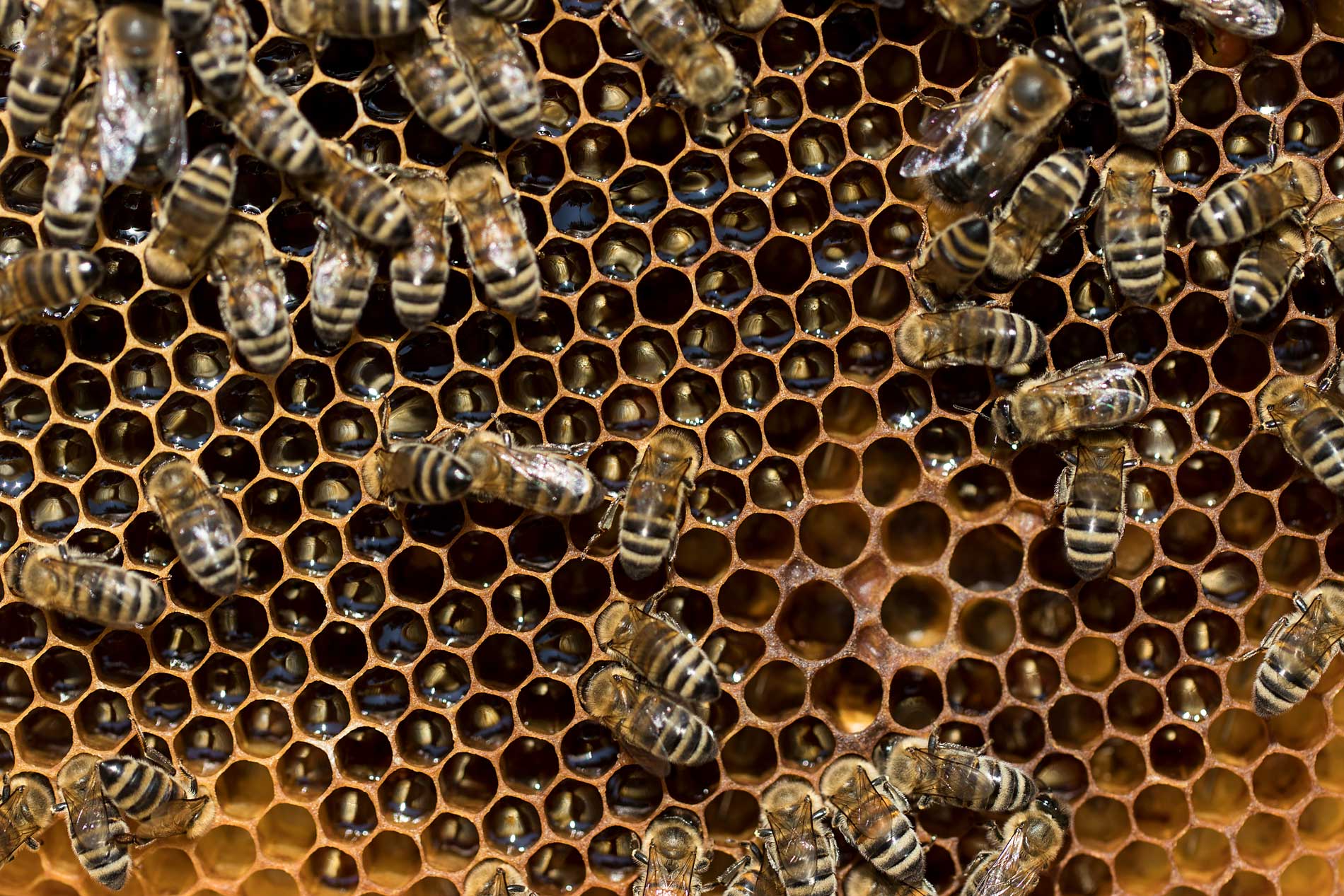
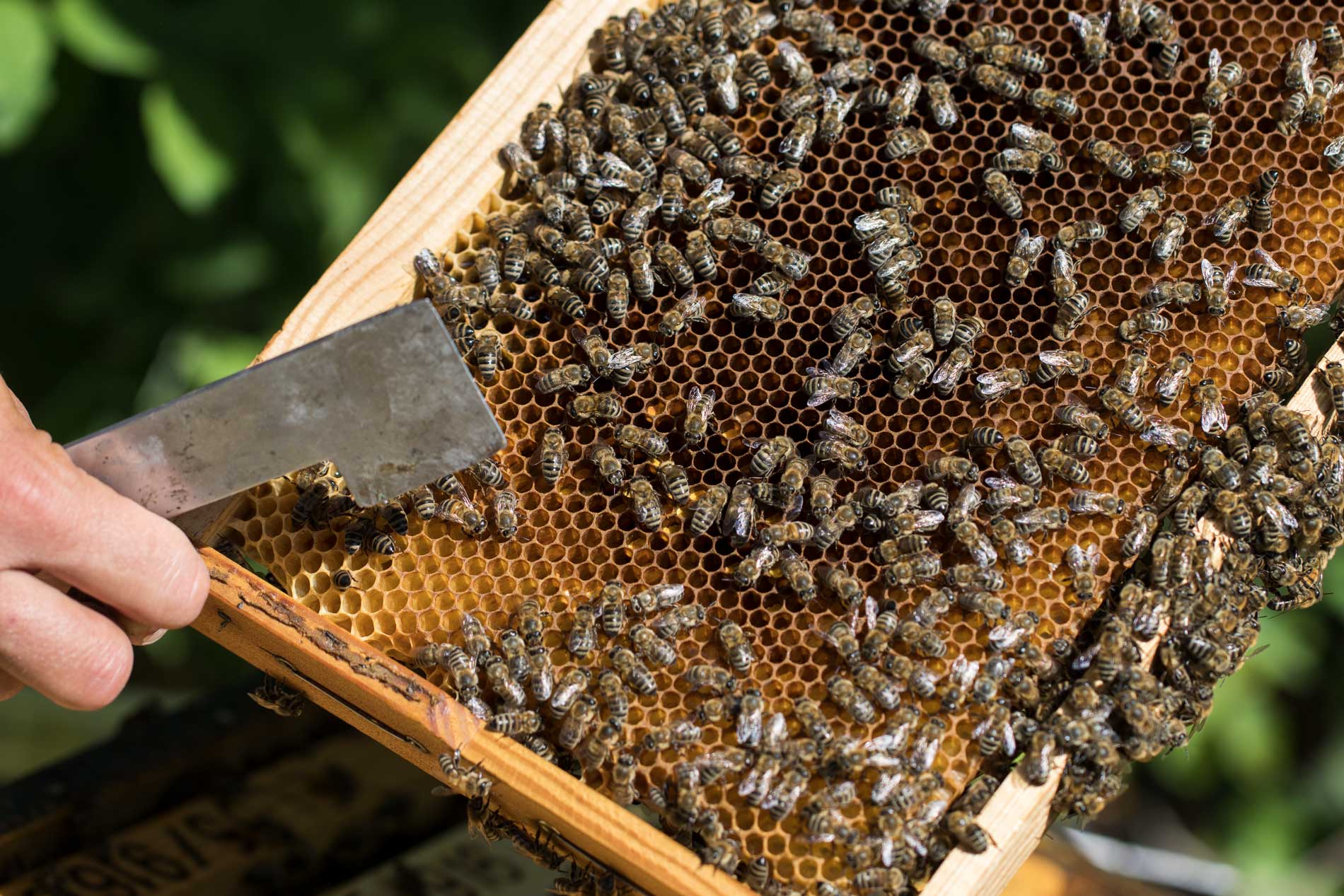
Bee can live without humans, but humans cannot claim the same!
Other nomadic bees live in holes in the interior of trees, trunks, or hollow plant stems. Dead stalks of plants, bark, reeds, leaves, and especially undisturbed soil, are the secret winter homes of solitary bees. A hollow piece of wood is for the workers a safe and comfortable house for wintering over, until springtime comes and they can live in the open air.
Public gardens with nectar-giving trees, foliage with resin and nesting material, native plants, can be simple practices to limit the rapid pace of pollinator loss.
It is essential to be aware of the global bee protection movements, the legislation of the European Commission, the state care in other countries, the scientific research that supports lone bees but also the chemical companies that distribute toxic chemical pesticides.
Saving bees is not a simple matter, but just by accepting the inter-dependency of our existence, we would directly create conscious cooperation for a better, cleaner, healthier and more secure world.
Sacred passages
about bees
“or go to the bee and learn as a worker even the work as modestly as she does it”
Β΄ Maccabees
“Hail to the land of promise, Hail to the land of honey and milk.”
Description of the land of Israel in the Hymn to the Virgin Mary
And your Lord inspired the bees:
“Make your homes in the mountains, the trees, and in what people construct,”
An-Nahl (ΤΗΕ ΒΕΑ) 16th surah of the Quran
Just as a bee, without hurting the flower,its colour or scent, gathers its nectar and escapes, so should the sage roam in the village.
Dhammapada 4:49


THE FRAMEWORK
MOHA Research Center was founded in 2006 in Kavala as a research institution and is officially recognized by the Greek state (Government Gazette Article 3/par.2 of Law 4310/2014).
Its primary objective is is to promote the multiculturalism of the Eastern Mediterranean and Balkan countries, as well as to encourage interreligious and intercultural dialogue through the contribution of scientific, artistic and educational activities.
MOHA is based and operates in two important monuments of the city of Kavala, Imaret and the house of Mohamed Ali.
The restoration of Imaret and Mohamed Ali’s house included the landscaping of both monuments. The two buildings offer now large clusters of urban gardens resulting in reduced air pollution and thus improved air quality in their immediate surroundings. The densely planted trees provide shelters for countless birds while the planting was designed to attract insect pollinators.
The maintenance of the gardens in the two monuments is strictly eco-friendly and specific procedures are followed.
THE PROJECT
The project “City Garden for Bees – Mi.EL” was conceived to raise awareness among all citizens, and to highlight the role of protection that urban centres can provide to nomadic bees.
Developing ecological awareness and adopting values and attitudes will help create new models of environmental behaviour for both adults and children, and establishing an “urban bee garden” is a great way to start.

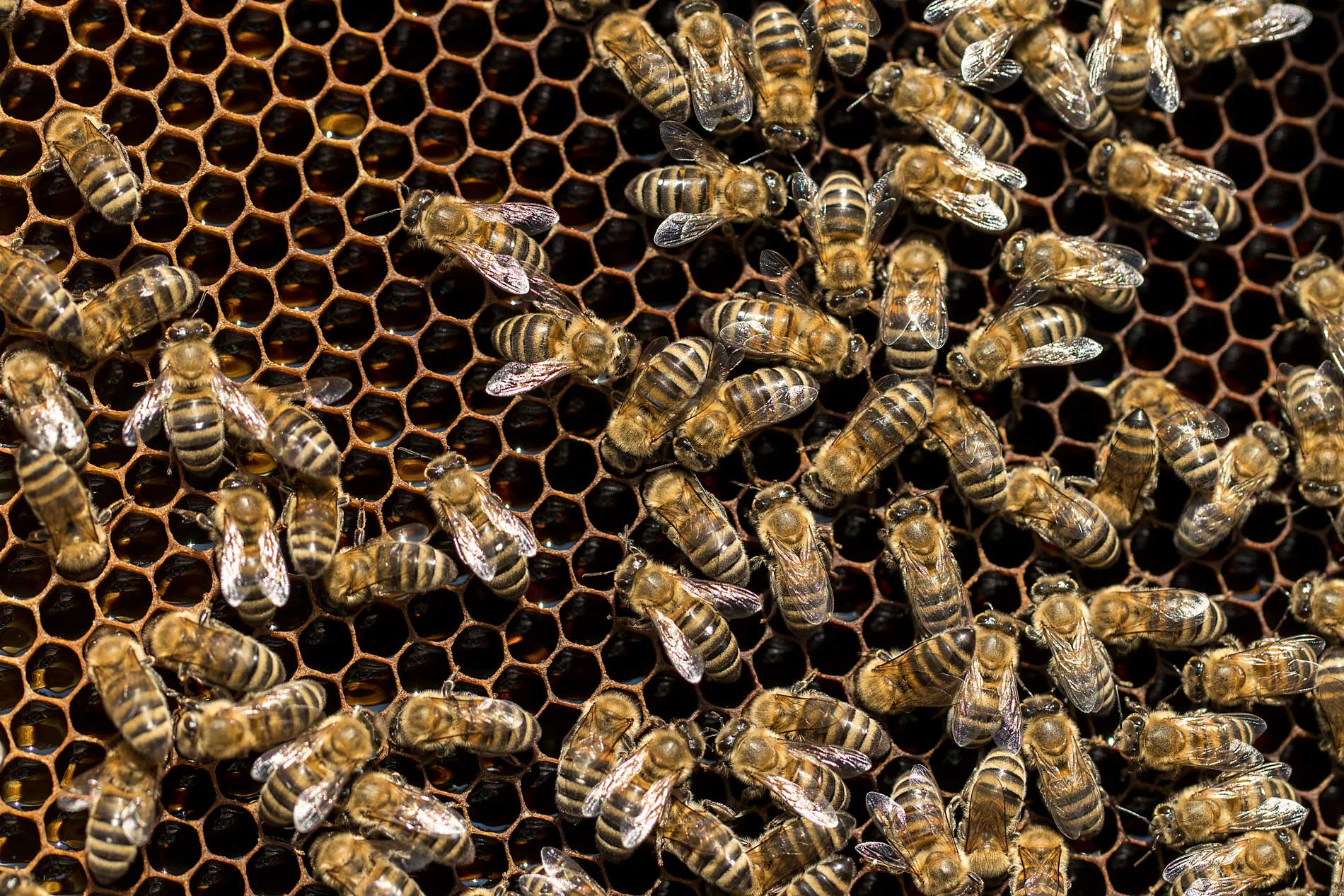
ΑCTIONS
-
Provide significant floral diversity which has allowed many bees to find shelter, food and breeding conditions
-
Growing plants selected to attract bees that are rich in nectar, colours and aromas. In addition, the installation of containers with diluted honey ensures adequate food supplements as only the minimum amount of honey is sufficient for their daily energy needs
-
Green waste recycling
- Non-machinery treatments to avoid pollutants that disturb insect pollinators
-
Beneficial insects release to target pest populations and protect plants
-
Reasonable irrigation
-
Strict and limited use of organic products for disease and pest control, only applied after the flowering period
-
A permanent supply of clean water in stone-filled pots at various shady spots in the garden as bees are in great need of water
-
Construction of shelters for solitary bees
ACTIONS
- Promotion of informative material on social media, in the press, in businesses and school groups about honey producing bees and solitary bees
- Educational website on the bee and the museum’s gardens: moharesearchcenter.wixsite.com/museum-gardens
- Educational activities in the museum’s gardens for children and students, aiming at the acquisition of knowledge about the bee, earth, nature, as well as the adaptation of a sustainable environmental attitude towards life
- Co-operation with the Democritus University of Thrace for the scientific and research support of the project
- Collaboration with the School of Engineering of the Democritus University of Thrace for the construction of special brick shelters for the nomadic urban bees, and their distribution to universities, museums, hotels, architects and builders, public spaces, etc


SCHEDULED ΑCTIONS
- Open discussions in the Mohammed Ali’s Museum gardens and Imaret, with beekeepers, artists and young scientists on the social and working organization of the beehive and the emotional bonds that are developed (2023-2024)
- Installation of a Flow Hive shelter for honeybees in the museum’s gardens (September 2023)
- Production of silk scarves by “MANTILITY” and jewelry by “Lοusta-Thysiadi” with a bee theme
- Publication of a fairy tale by the literary artist Ekaterini Kouris on the theme of the Bee
